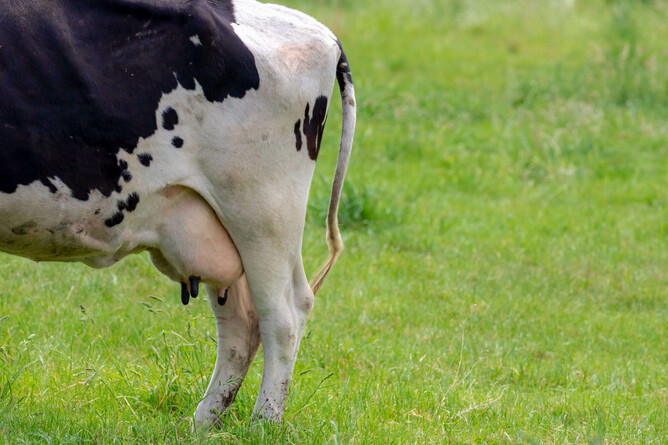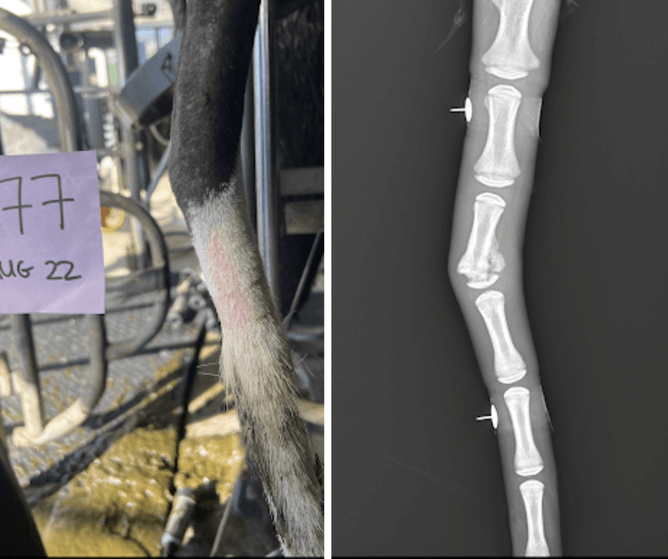Behind the scenes at VetSouth, our teams are assisting in a nationwide study to understand tail health in New Zealand.
In 2021, we helped develop and lead a four year nationwide study to investigate the prevalence of tail damage in NZ herds. Our vets and techs have been tail scoring for a number of years now through the Welfarm programme, but, to date, there has been no research done around tail damage in New Zealand herds.
There are a number of different aspects to this trial and we are still completing tail scores now to finish the project.
Key study areas
We looked at the prevalence of damage (the amount of tail damage at any one time in a herd), in both dairy and beef herds to determine what ‘normal’ may look like.
We also assessed the incidence of damage in a herd over a period of time (how many new cases were diagnosed over the course of a year, for example).
Dairy calves and heifers were also scored to try and establish when tail damage occurs.
A survey went out to all farmers involved (which covered a range of farming and milking practices) to see any common trends and try to identify any possible causes or risk factors.
Defining 'damage'
The final piece of the puzzle was to define ‘damage’. Are these tails ‘broken’, or, what is the underlying injury?
Three of our farmers were kind enough to allow us on the farm every week over spring to score and then X-ray any new lesions found within their herds.
This was a great learning experience in determining, for example, that what is often called a ‘broken tail’ is in fact not a fractured bone as such, but sometimes a dislocation. Roughly half of the deviated tails had fractures of the tail bones and half didn’t.
We look forward to seeing the results from this trial when it has all been completed and to better supporting our farmers with recent and relevant information to benchmark against.
It will also help us to identify what the potential causes of damage are and how we can work to reduce them.
Stay tuned to Dairy Notes for further results of the trial.


